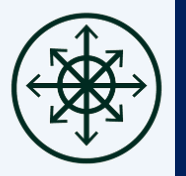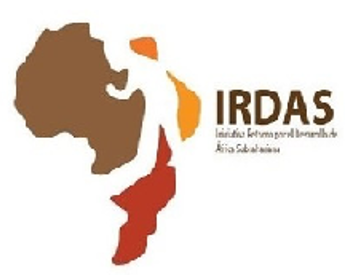

Director-General of the World Health Organization, joins the global neglected tropical diseases community in marking World Neglected Tropical Diseases Day on 30 January. Found in impoverished communities in tropical areas, they are almost absent from the global health agenda. Addressing NTDs requires cross-sectoral approaches, strong political support and resources. WHO’s road map for 2021-2030 sets out ambitious targets for their control, elimination and eradication.
Ending the neglect to attain the Sustainable Development Goals: a road map for neglected tropical diseases 2021–2030’ is a high-level strategic document and advocacy tool, aimed at strengthening programmatic response to NTDs through shared goals and disease specific targets backed by smarter investments.
By mainstreaming 20 diseases, it aims to push for:
Stronger accountability – shifting from process to impact indicators and accelerating programmatic action to improve scientific understanding, planning and logistics, advocacy and funding, collaboration & multisectoral action
Intensified cross-cutting approaches – integrating delivery platforms; mainstreaming with local health systems; coordinating beyond health; strengthening country capacity; mobilizing regional & global resources
A change in operating model and culture – stronger country ownership, improved roles of stakeholders, clearer roles and responsibilities to deliver on 2030 targets
Neglected Tropical Diseases are communicable diseases that prevail in tropical and subtropical countries and affect more than one billion people.
Global targets for 2030 and milestones are set out to prevent, control, eliminate and eradicate a diverse set of 20 diseases and disease groups.
They mainly affect populations living in poverty, in close contact with infectious vectors.

Accelerate programmatic actions.
The road map for neglected tropical diseases 2021-2030 is built on three foundational pillars that will support global efforts to control, eliminate and eradicate neglected tropical diseases.
Pillar 1 refers to accelerating programmatic actions required to reduce incidence, prevalence, etc.

Intensify cross-cutting approaches
The road map for neglected tropical diseases 2021-2030 is built on three foundational pillars that will support global efforts to control, eliminate and eradicate neglected tropical diseases.
Pillar 2 refers to intensifying cross-cutting approaches.

The road map for neglected tropical diseases 2021-2030 is built on three foundational pillars that will support global efforts to control, eliminate and eradicate neglected tropical diseases.
Pillar 3 refers to changing operating models and culture to facilitate country ownership.




Dr Kingsley Bampoe Asiedu
Team Lead, Skin NTDs,
Disability Management and inclusions
World Health Organization
Telephone: +41 22 791 2803
Mobile: +41 79 500 65 35
Email: asieduk@who.int
Letitia Obeng was born at Anum in the Eastern Region on 10 January 1925. She attended a primary school in Abetifi, Kwahu and a middle school in Kyebi. Between 1939 and 1946, she had her secondary school education at Achimota College. While at school she took the London University International Examination to continue her education, courtesy of a government scholarship at the University of Birmingham (1948–1952),
